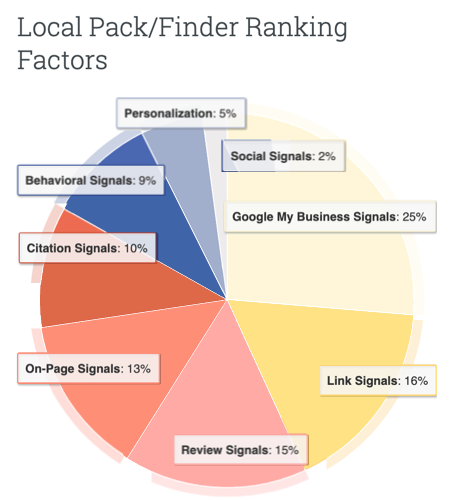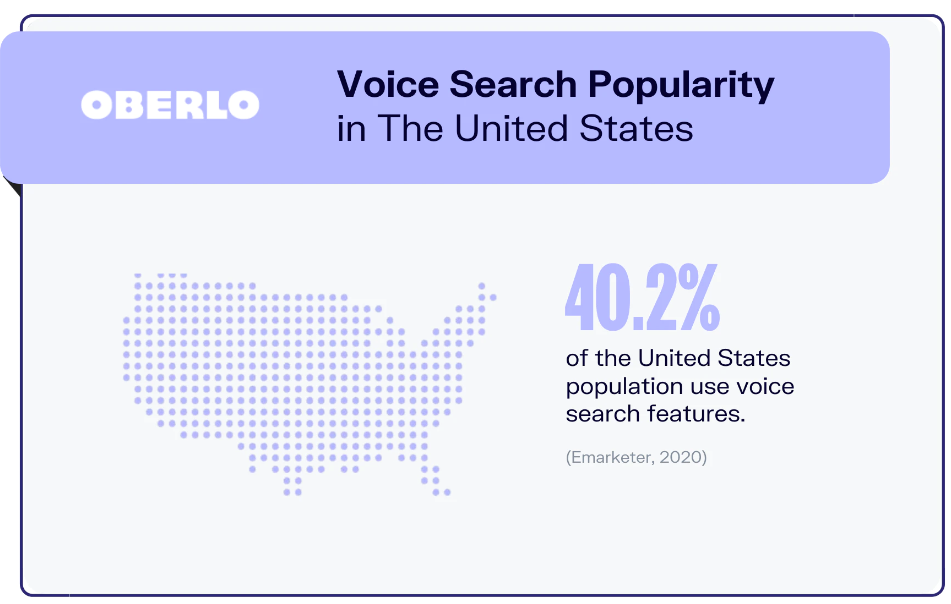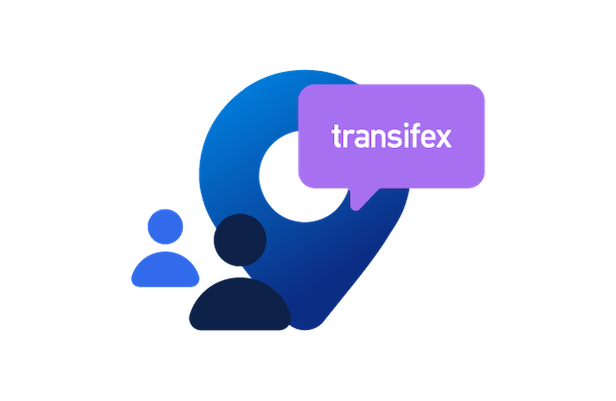
Six SEO Strategies To Improve Your Local Ranking
If you want your business to attract local clients, you’ll need to optimize your site for local search. That may seem obvious, but most businesses are still thinking in terms of general SEO and search engine rankings, not local.
Local SEO is different from regular SEO in that it focuses on region-specific searches. Plumbers, churches, florists — any kind of brick-and-mortar business stands to benefit from better local SEO.
Ideally, your business will rank in the top three of local searches in a space called the “local pack.” 42% of clicks go to either this three-pack or the Google Maps pack. Here’s how to get there.
Optimize Your Google Business Profile (Formerly GMB)
Your Google Business Profile (formerly Google My Business) is the heart of your local search efforts. Since GBP is an online business directory and Google owns the majority of search traffic, without it, you’re going to have a really hard time ranking for any meaningful local searches.
Fortunately, claiming your profile is really easy to do. Optimizing it, on the other hand, requires a little bit more finesse.
You’ll need to take care of the basics: filling out your business info like opening hours, category, etc. Then you need to upload professional photos of your business. But each one of those should be specific. What do you want your pictures to show?
Next, you have to start attracting some reviews, positive if possible. What features of your business do you want to be featured in reviews? Think about that and emphasize these features to existing customers when you ask them for feedback.
Asking people to be specific with their reviews is very important since some of those terms can determine your search ranking. A restaurant that has great seafood will appear in results where the user asks for seafood, as does a bank that suggests credit cards.
While you can’t manipulate reviews in any way, listen to social media and local news to see what people are looking for in your area. Once you’ve got a few keywords, optimize your info around those features.
Don’t forget about Google My Business posts, either. Posts are great for sales and special events and may even help rank your business better. Adding a click-to-call button will make it easy for users to interact with your business.
Your GBP is the biggest ranking factor towards ranking at the top of local searches, so do your due diligence.
Claim All NAP Citations
Although GMB is the biggest online directory (and most important for search engines), you should also check on your NAP citations as well. NAP stands for Name, Address, and Phone Number, and it’s the main information other directories will use when they list your business.
Regardless of whether or not you’ve ever created listings yourself, your business almost certainly has NAP citations floating around. Online algorithms will pull information from various sources to serve their clients and point back to your site.
Google pulls from these directories to create a holistic understanding of what (and where) your business is. The more regional and niche-specific directories you can get a listing in, the better your chances are of Google ranking you in local results. Unfortunately, a lot of those citations may be incorrect. It’s not uncommon to find outdated or blatantly wrong information about your business, which will damage your rankings if not handled. In order for your NAP citations to work, they have to be consistent.
The best way to fix all of these citations is to manually correct them all. Make sure that whatever name, address, and phone number you choose are also on your website. Most websites put these in the footer or header since Google doesn’t crawl image text.
Audit Your Site for Local SEO
Before you start making wholesale changes to your website, perform a local SEO audit. This will check your website to see what types of words you’re ranking for and whether or not those words will matter in a localized setting.
Like NAP citations, most website builders will create the site architecture for you. They’ll insert their own headers and title tags, or leave them blank, assuming you’ll fill them in later. If you optimize these, you should see a pretty significant boost in your rankings.
Optimizing your site for local SEO is similar to how you optimize it for regular SEO. Use keyword research to identify the most relevant keywords for your site, then insert them in your headers, title tags, and SEO meta descriptions. You should also use smart content optimization tools like MarketMuse or Clearscope to identify semantic keywords and questions to include in your content.
Part of localization also includes creating individual city pages for each one of your service areas. Make a list of the top 5-10 major towns within a reasonable distance from your business, and create similar (but not duplicate) pages for each city. Optimize headers accordingly.
If you’re optimizing your local website for international audiences, such as with a franchise, you’ll also want to create translations for multiple languages. Even if you are just operating in the United States, you may want to have a Spanish option for your webpage. There are lots of challenges associated with translation, but remember to translate the context, not just the words.
Content Localization
Every website, regardless of purpose, needs content. Whether you need copy for your website, content for your blogs, or material for an email newsletter, one of your largest expenses will always be content.
Whereas regular content can solve universal problems, local SEO content needs to be addressed to those within a certain locale. A roofer that is based out of Florida, for instance, needs content that addresses hurricane damage (among other things).
Content localization extends beyond just your immediate area, however. If you plan on taking your local business global, then you need to update documentation and other materials to different languages and cultures.
Start with the information that is most likely to be reached first, such as top-of-funnel blogs and lead magnets. Move on to your higher trafficked web pages, and then analyze entire sections to see what information needs to be localized.
All of these localization efforts should be focused exclusively on your business goals with the end customer in mind. Local SEO, in general, is not just about creating content that ranks, but content that users will genuinely find useful.
Generate Local Backlinks
It’s estimated that Google has close to 200 different ranking signals. Even though the real algorithm is a trade secret, it’s widely believed that backlinks rank near the top in terms of impact. Google’s signature ranking method — PageRank — is based on this very concept.
A backlink is simply a link on another site that links back to one of your pages. Even though individual pages are ranked on Google, the entire website will benefit from backlinks to its pages, so get as many quality links as you can.
Backlinks are notoriously tricky to get, but some of the most common strategies for local businesses are to get stories in local newspapers, do sponsorships, and submit guest blogs. Find complementary businesses in your area to see if they’ll feature you on their site. Local Chamber of Commerce sites and business directories are also a possibility.
The key is to find links that are both local and specific to your niche. Find directories that are inside your industry as well as other sites that are in your local area, and you’ll see your local ranking start to rise.
Optimize for Mobile and Voice
For several years now, digital marketers have been talking about the need for websites to be mobile-responsive. Recent trends have solidified this belief since more than 60% of all searches are done on mobile devices, and Google started indexing web pages “mobile-first” in 2021.
Another emerging trend that people are starting to notice is the rise of voice search. Though not as ubiquitous as mobile devices, voice search is slowly becoming more prevalent. Nearly half of the U.S. has used voice search features in the past — a trend that only looks to continue.
Fortunately, optimizing your site for mobile and voice isn’t difficult, but it does need to be done intentionally. Using long-tail keywords and questions will help with voice search while simplifying navigation, and using a responsive design will create a more mobile-friendly site.
For a local site, optimizing for mobile and voice is a no-brainer. Since most people use smartphones while out of their house (instead of laptops or desktops), many web developers have adopted a mobile-first mentality — designing a site for mobile, then adapting certain elements to desktops.
The same applies to voice. Siri, Alexa, and Google Assistant are leading the way for casual search in the future (a potential customer might do a voice search while driving), so if you want your site to be indexed long-term, craft your site with voice search in mind.
Conclusion
Optimizing a site for local SEO isn’t rocket science, but it does require you to put yourself in the customers’ shoes. Where would they look for your business, how would they find you, and what terms would they use to arrive at your website?
The good news is that most small businesses aren’t utilizing any local SEO tactics at all (at least, on purpose), so even a few steps in the right direction will be beneficial. Build your marketing strategy on a solid foundation, and you’ll be in the map pack in no time.
This is a contribution by Brad Smith, the Founder of Codeless.
Related posts
4 Types of Content You Need to Maintain Your Search Traffic
Brand Localization: 6 Steps to Make your Brand More Appealing to Global Audiences










